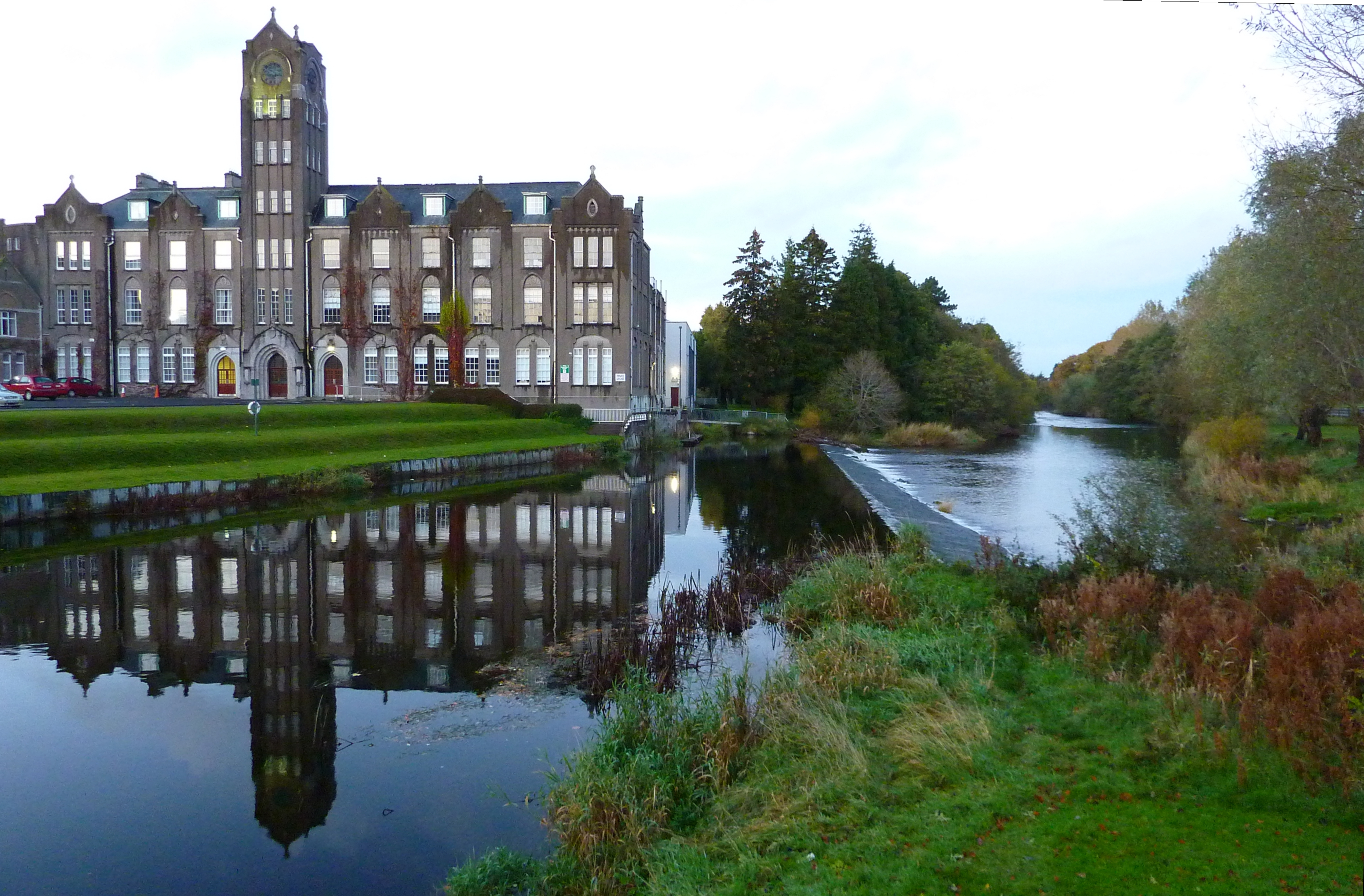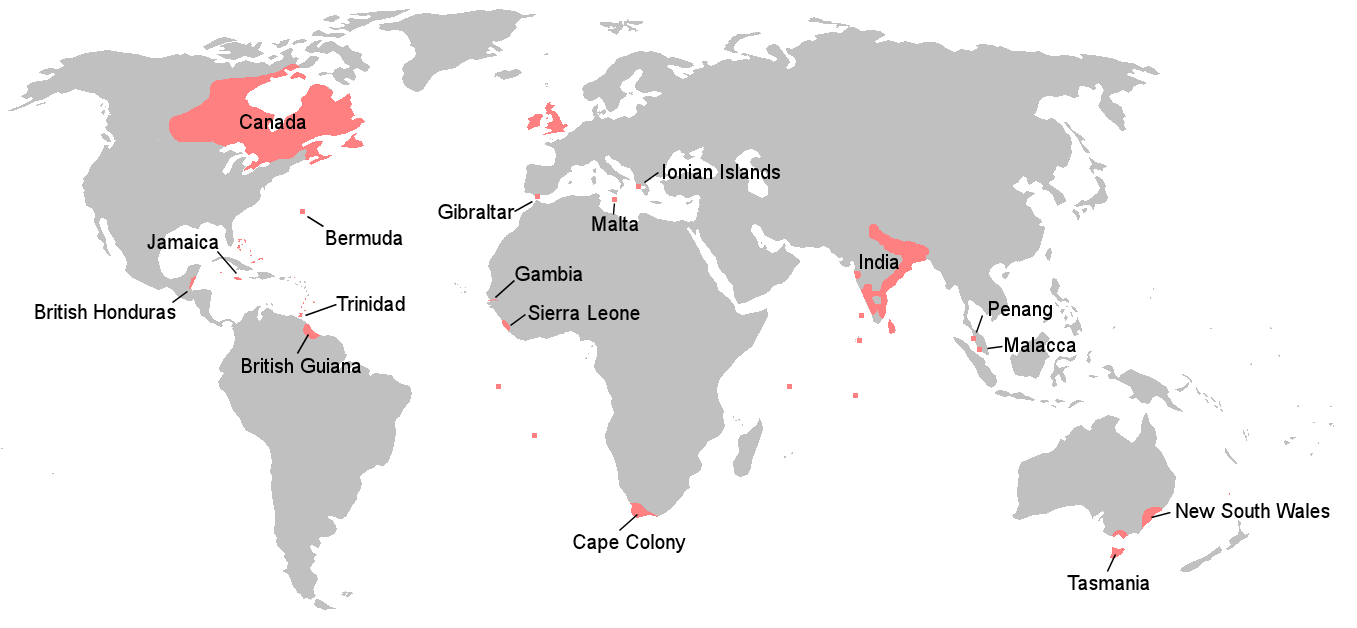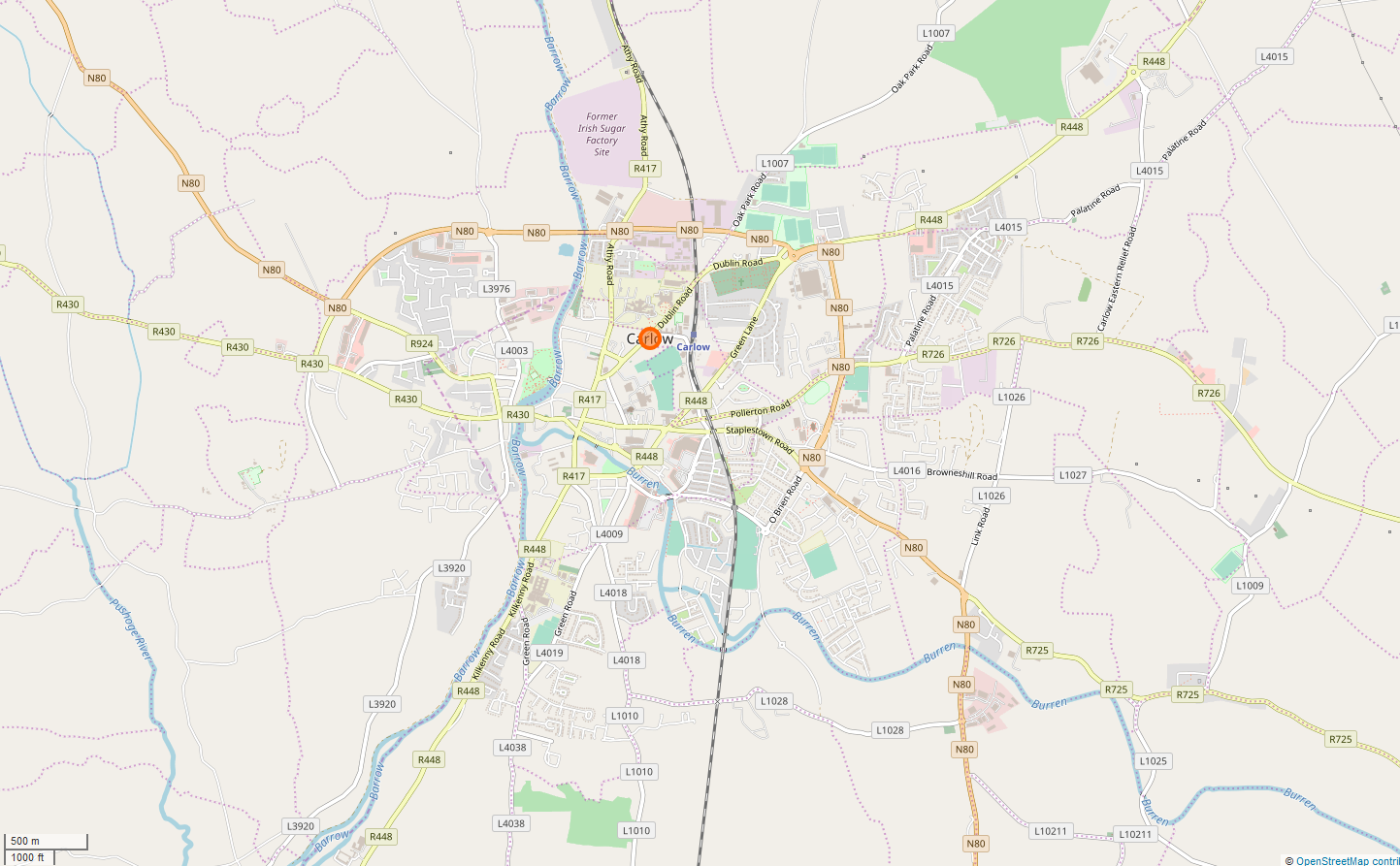|
Heuston Station
Heuston Station ( ; ga, Stáisiún Heuston; formerly Kingsbridge Station) also known as Dublin Heuston, is one of Dublin's largest railway stations and links the capital with the south, southwest and west of Ireland. It is operated by Iarnród Éireann (IÉ), the national railway operator. It also houses the head office of its parent company, Córas Iompair Éireann (CIÉ). The station is named in honour of Seán Heuston, an executed leader of the 1916 Easter Rising, who had worked in the station's offices. History In 1836, a committee of Commissioners was appointed by the British Government to identify a system of rail routes throughout Ireland which would best serve the interests of the country as a whole. In their report of 1838, Kingsbridge, or 'King's Bridge', was selected as the optimum location for a terminus in Dublin which would most conveniently serve a main trunk railway line to the southern and western districts of Ireland. The site had been known as ''Kingsbr ... [...More Info...] [...Related Items...] OR: [Wikipedia] [Google] [Baidu] |
Dublin
Dublin (; , or ) is the capital and largest city of Republic of Ireland, Ireland. On a bay at the mouth of the River Liffey, it is in the Provinces of Ireland, province of Leinster, bordered on the south by the Dublin Mountains, a part of the Wicklow Mountains range. At the 2016 census of Ireland, 2016 census it had a population of 1,173,179, while the preliminary results of the 2022 census of Ireland, 2022 census recorded that County Dublin as a whole had a population of 1,450,701, and that the population of the Greater Dublin Area was over 2 million, or roughly 40% of the Republic of Ireland's total population. A settlement was established in the area by the Gaels during or before the 7th century, followed by the Vikings. As the Kings of Dublin, Kingdom of Dublin grew, it became Ireland's principal settlement by the 12th century Anglo-Norman invasion of Ireland. The city expanded rapidly from the 17th century and was briefly the second largest in the British Empire and sixt ... [...More Info...] [...Related Items...] OR: [Wikipedia] [Google] [Baidu] |
River Liffey
The River Liffey (Irish: ''An Life'', historically ''An Ruirthe(a)ch'') is a river in eastern Ireland that ultimately flows through the centre of Dublin to its mouth within Dublin Bay. Its major tributaries include the River Dodder, the River Poddle and the River Camac. The river supplies much of Dublin's water and supports a range of recreational activities. Name Ptolemy's ''Geography'' (2nd century AD) described a river, perhaps the Liffey, which he labelled Οβοκα (''Oboka''). Ultimately this led to the name of the River Avoca in County Wicklow. The Liffey was previously named ''An Ruirthech'', meaning "fast (or strong) runner". The word ''Liphe'' (or ''Life'') referred originally to the name of the plain through which the river ran, but eventually came to refer to the river itself. The word may derive from the same root as Welsh ''llif'' (flow, stream), namely Proto-Indo-European ''lē̆i-4'', but Gearóid Mac Eoin has more recently proposed that it may derive from a n ... [...More Info...] [...Related Items...] OR: [Wikipedia] [Google] [Baidu] |
Supermacs
Supermac's is an Irish fast food restaurant chain first opened in 1978. The first restaurant was located in Ballinasloe, County Galway, in the West of Ireland. As of 2019, the chain consists of a total of 118 restaurants spread throughout Ireland (in both the Republic of Ireland and Northern Ireland). It operates a number of franchise outlets with many also privately owned. Supermac's serves an average of 320,000 customers per week and had annual revenues of €79.9 million and a profit of €7.4 million according to its 2013 closing report. Its head office is in the Ballybrit Business Park in Ballybrit, County Galway. History The first restaurant was opened in Ballinasloe, County Galway, in the West of Ireland in 1978, by Pat and Una McDonagh. A second restaurant opened two years later in Gort, followed by an Eyre Square premises in Galway city which opened in 1982. , Supermac's was the largest Irish-owned quick service food chain, with over 100 outlets across the Republic a ... [...More Info...] [...Related Items...] OR: [Wikipedia] [Google] [Baidu] |
Eason & Son
Eason Retail PLC, known as Easons or Eason, is an Irish retail company best known for selling books, stationery, cards, gifts, newspapers and magazines. Headquartered in Swords, County Dublin, it is the largest supplier of books, magazines and newspapers in Ireland. Eason employs approximately 600 people and is privately owned. Its turnover for the year ended January 2022 was €104 million. Eason has 54 stores which trade under the main brand in the Republic of Ireland. Eason also owns the Dubray Books brand and chain of 11 specialist bookstores, having acquired Dubray in 2020. Eason’s managing Director is Liam Hanly. Divisions Eason operates three business units: Eason Stores, Eason Online and Dubray. Eason Stores 54 stores trade under the Eason brand. This includes the company's flagship store on Dublin’s O’Connell Street as well as stores in Arklow, Athlone, Balbriggan, Ballina, Ballincollig, Blanchardstown, Carlow, Castlebar, Cavan, Clare Hall, Clonmel Shopping Cen ... [...More Info...] [...Related Items...] OR: [Wikipedia] [Google] [Baidu] |
Buro Happold
Buro Happold (previously ''BuroHappold Engineering'') is a British professional services firm that provides engineering consultancy, design, planning, project management, and consulting services for buildings, infrastructure, and the environment. It was founded in Bath, Somerset, in 1976 by Sir Edmund Happold when he took up a post at the University of Bath as Professor of Architecture and Engineering Design. Originally working mainly on projects in the Middle East, the firm now operates worldwide and in almost all areas of engineering for the built environment, working in 24 locations around the world. Sir Edmund Happold Edmund (or Ted) Happold worked at Arup Group Limited, Arup before founding Buro Happold, where he worked on projects such as the Sydney Opera House and the Pompidou Centre. Ted Happold was renowned within the field of lightweight and tensile structures. As a result, Buro Happold has undertaken a large number of tensile structure, tensile and other lightweight ... [...More Info...] [...Related Items...] OR: [Wikipedia] [Google] [Baidu] |
Mail Coach
A mail coach is a stagecoach that is used to deliver mail. In Great Britain, Ireland, and Australia, they were built to a General Post Office-approved design operated by an independent contractor to carry long-distance mail for the Post Office. Mail was held in a box at the rear where the only Royal Mail employee, an armed guard, stood. Passengers were taken at a premium fare. There was seating for four passengers inside and more outside with the driver. The guard's seat could not be shared. This distribution system began in Britain in 1784. In Ireland the same service began in 1789, and in Australia it began in 1828. A mail coach service ran to an exact and demanding schedule. Aside from quick changes of horses the coach only stopped for collection and delivery of mail and never for the comfort of the passengers. To avoid a steep fine turnpike gates had to be open by the time the mail coach with its right of free passage passed through. The gatekeeper was warned by the sound of t ... [...More Info...] [...Related Items...] OR: [Wikipedia] [Google] [Baidu] |
Freeman's Journal
The ''Freeman's Journal'', which was published continuously in Dublin from 1763 to 1924, was in the nineteenth century Ireland's leading nationalist newspaper. Patriot journal It was founded in 1763 by Charles Lucas and was identified with radical 18th-century Protestant patriot politicians Henry Grattan and Henry Flood. This changed from 1784 when it passed to Francis Higgins (better known as the "Sham Squire") and took a more pro-British and pro-administration view. In fact Francis Higgins is mentioned in the Secret Service Money Book as having betrayed Lord Edward FitzGerald. Higgins was paid £1,000 for information on FitzGerald's capture. Voice of constitutional nationalism In the 19th century it became more nationalist in tone, particularly under the control and inspiration of Sir John Gray (1815–75). ''The Journal'', as it was widely known as, was the leading newspaper in Ireland throughout the 19th century. Contemporary sources record it being read to the largely ill ... [...More Info...] [...Related Items...] OR: [Wikipedia] [Google] [Baidu] |
Henry John Temple, 3rd Viscount Palmerston
Henry John Temple, 3rd Viscount Palmerston, (20 October 1784 – 18 October 1865) was a British statesman who was twice Prime Minister of the United Kingdom in the mid-19th century. Palmerston dominated British foreign policy during the period 1830 to 1865, when Britain stood at the height of its imperial power. He held office almost continuously from 1807 until his death in 1865. He began his parliamentary career as a Tory, defected to the Whigs in 1830, and became the first prime minister from the newly formed Liberal Party in 1859. He was highly popular with the British public. David Brown argues that "an important part of Palmerston's appeal lay in his dynamism and vigour". Henry Temple succeeded to his father's Irish peerage (which did not entitle him to a seat in the House of Lords, leaving him eligible to sit in the House of Commons) as the 3rd Viscount Palmerston in 1802. He became a Tory MP in 1807. From 1809 to 1828 he served as Secretary at War, organising the finan ... [...More Info...] [...Related Items...] OR: [Wikipedia] [Google] [Baidu] |
Carlow
Carlow ( ; ) is the county town of County Carlow, in the south-east of Ireland, from Dublin. At the 2016 census, it had a combined urban and rural population of 24,272. The River Barrow flows through the town and forms the historic boundary between counties Laois and Carlow. However, the Local Government (Ireland) Act 1898 included the town entirely in County Carlow. The settlement of Carlow is thousands of years old and pre-dates written Irish history. The town has played a major role in Irish history, serving as the capital of the country in the 14th century. Etymology The name is an anglicisation of the Irish ''Ceatharlach''. Historically, it was anglicised as ''Caherlagh'', ''Caterlagh'' and ''Catherlagh'', which are closer to the Irish spelling. According to logainm.ie, the first part of the name derives from the Old Irish word ''cethrae'' ("animals, cattle, herds, flocks"), which is related to ''ceathar'' ("four") and therefore signified "four-legged". The second p ... [...More Info...] [...Related Items...] OR: [Wikipedia] [Google] [Baidu] |
Collins Barracks, Dublin
Collins Barracks ( ga, Dún Uí Choileáin) is a former military barracks in the Arbour Hill area of Dublin, Ireland. The buildings now house the National Museum of Ireland – Decorative Arts and History. Previously housing both British Armed Forces and Irish Army garrisons through three centuries, the barracks were the oldest continuously occupied example in the world. Built in 1702, and further extended in the late 18th century and 19th century, the complex's main buildings are neo-classical in style. Originally called simply The Barracks, and later The Royal Barracks, the name was changed in 1922 by the Irish Free State to "Collins Barracks", in honour of Michael Collins, who had been killed earlier that year. Since 1997 the barracks have been home to collections of the National Museum of Ireland (for ''Decorative Arts and History'' exhibits), and the original structures have seen some award winning redevelopment and conservation work to support this new role. History 18t ... [...More Info...] [...Related Items...] OR: [Wikipedia] [Google] [Baidu] |
Linenhall, Dublin
Linenhall is an area in the north inner city of Dublin, Ireland which was previously the site of a complex of buildings and streets associated with the linen trade. It was also temporarily a barracks, and was largely destroyed during the Easter Rising in 1916. Area The area known as Linenhall built up around the historical market hall, and the series of streets which now comprise the area reflect those connections particularly with northern counties and areas of Ireland. Extant streets include Coleraine Street, Lurgan Street, and Lisburn Street. Derry Street to the north of Linenhall was built over when the hall expanded in 1781. There are also streets named for the building, Linenhall Street, Linenhall Terrace, Linenhall Parade, and Yarnhall Street. Foundation Linenhall, also spelt Linen Hall, was a complex of Georgian buildings at the top of Capel Street, built by the Linen Board. The selection of this three-acre site as a centralised Linen Hall for Dublin was decided by the ... [...More Info...] [...Related Items...] OR: [Wikipedia] [Google] [Baidu] |
Smithfield, Dublin
Smithfield () is an area on the Northside of Dublin. Its focal point is a public square, formerly an open market and common, now officially called Smithfield Plaza, but known locally as Smithfield Square or Smithfield Market. Historically, Smithfield formed the western part of Oxmantown and lay close to Oxmantown Green. Originally, Smithfield lay within the civil parish of St. Paul's. The area known as Smithfield roughly incorporates the area bounded by the River Liffey to the south, Bow Street to the east, Queen Street to the west, and North Brunswick street in the suburb of Grangegorman to the north. Notable landmarks include the Old Jameson Whiskey Distillery and the Observation Tower. History Smithfield Market was laid out in its current form in the mid-17th century as a marketplace close to the site of the former Oxmantown Green. Until its renovation in the early 21st Century, the square was lined with inner city 'farm yards' housing livestock. In 1964 Richard Burton a ... [...More Info...] [...Related Items...] OR: [Wikipedia] [Google] [Baidu] |








.jpg)
